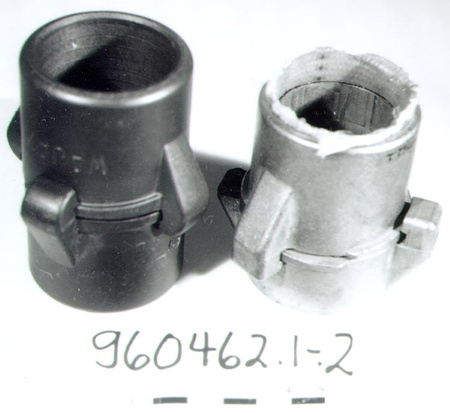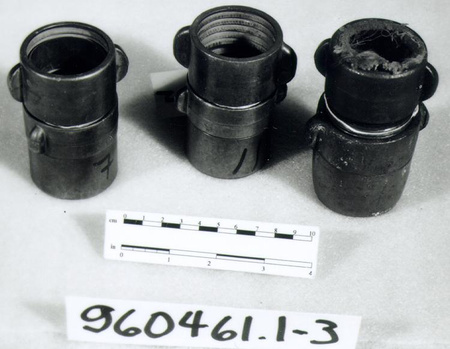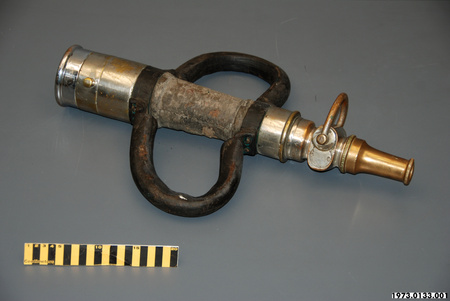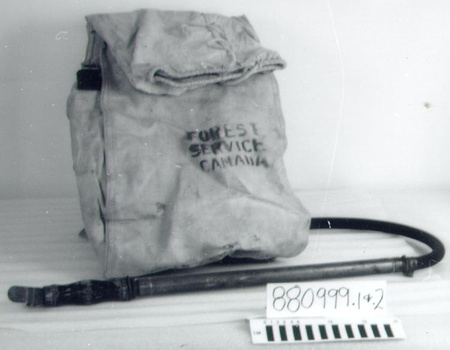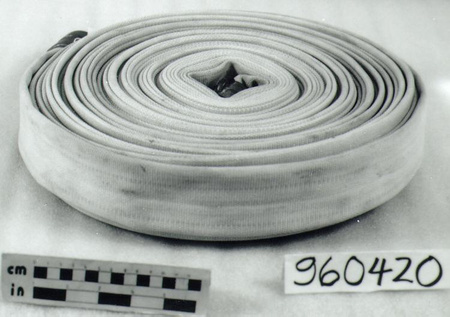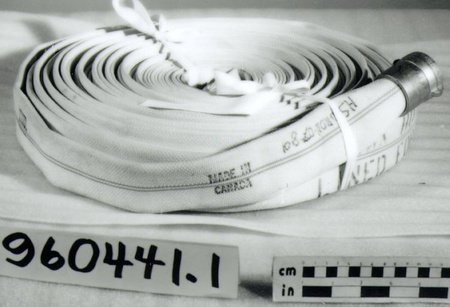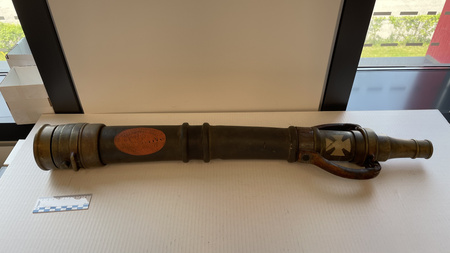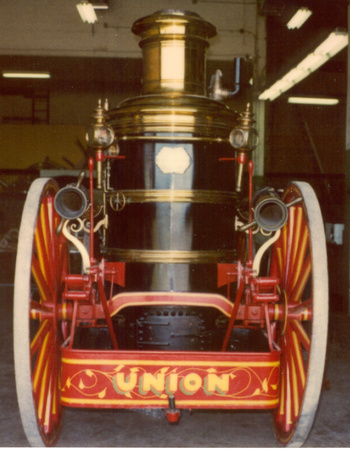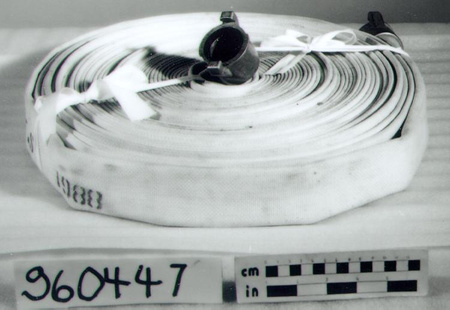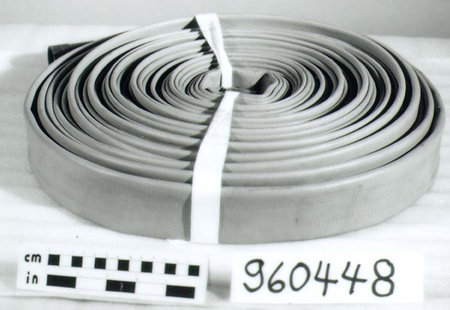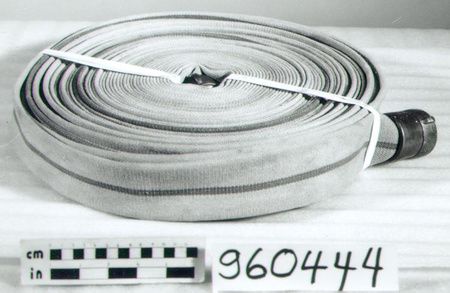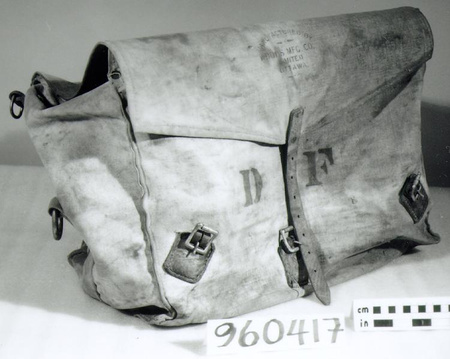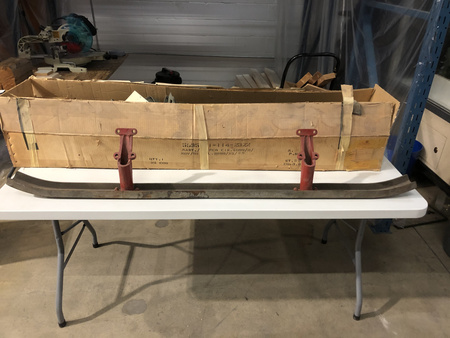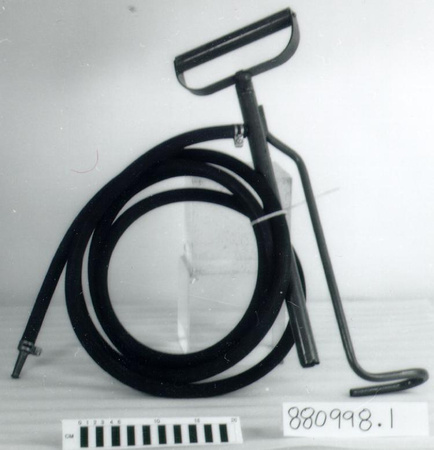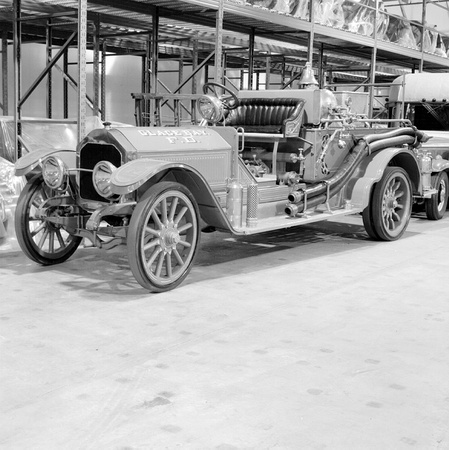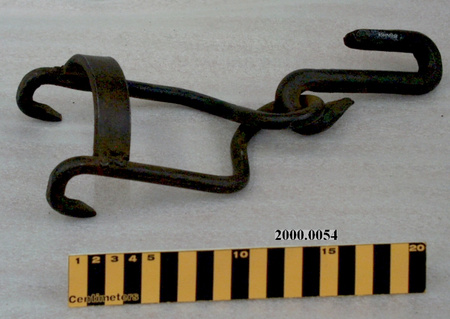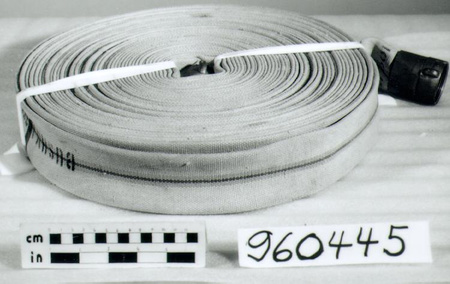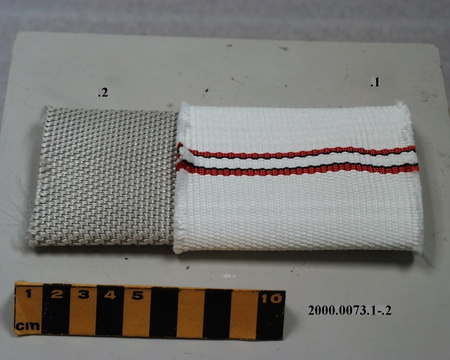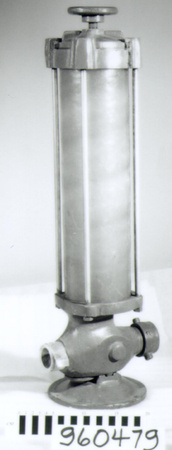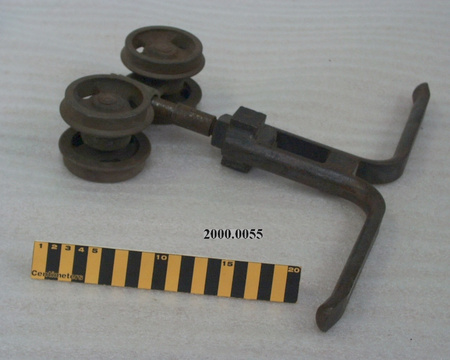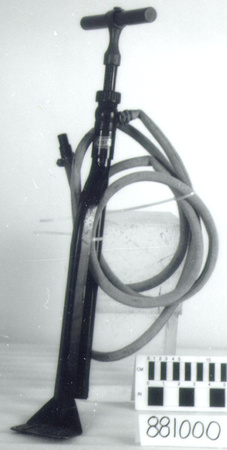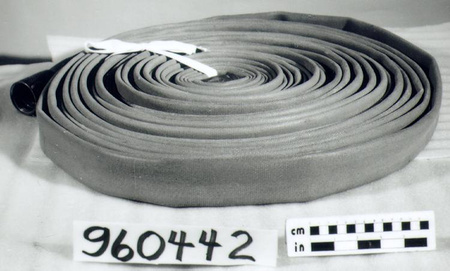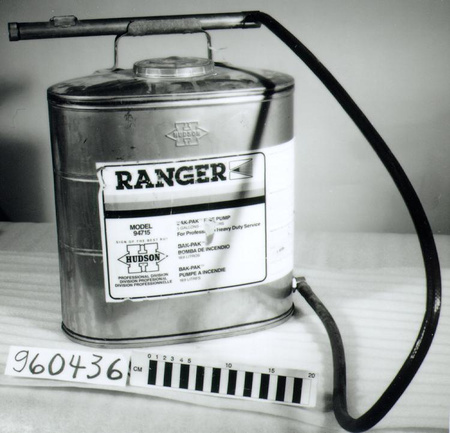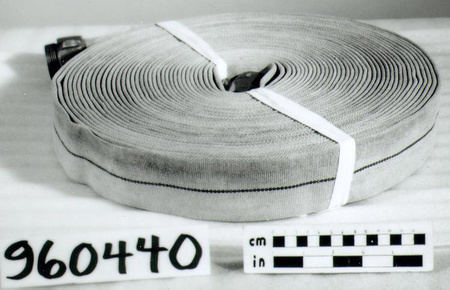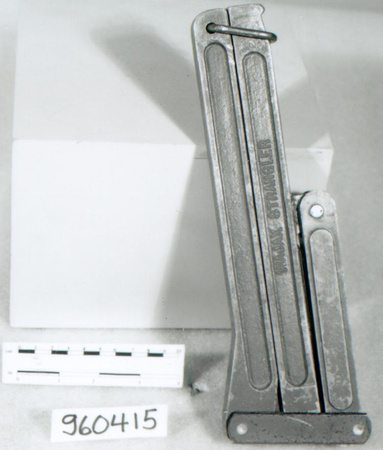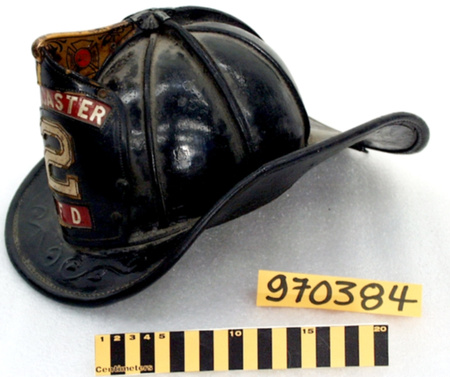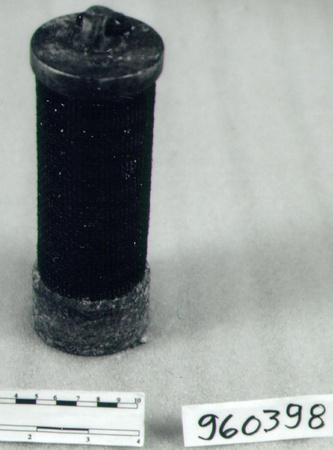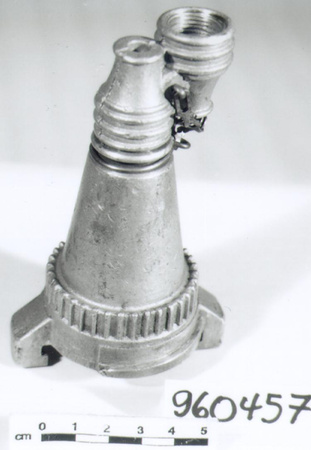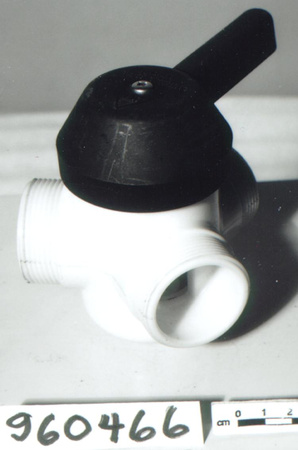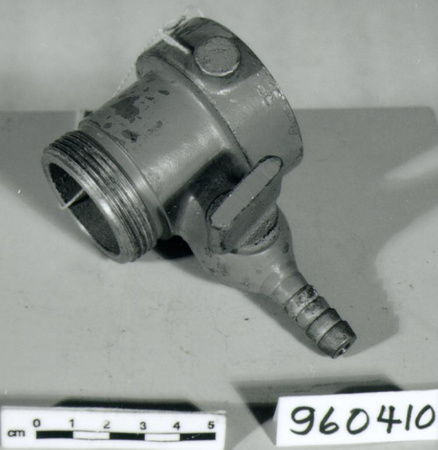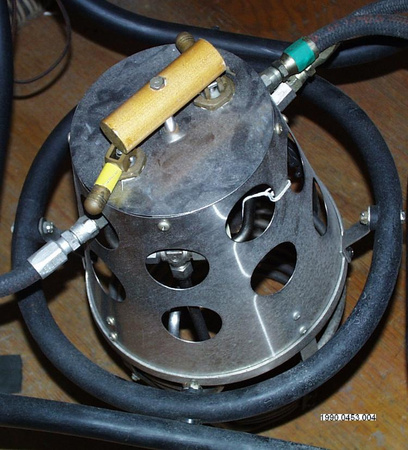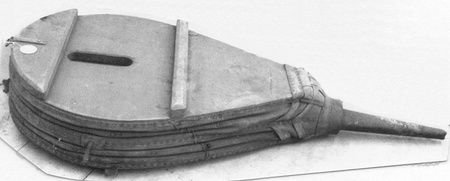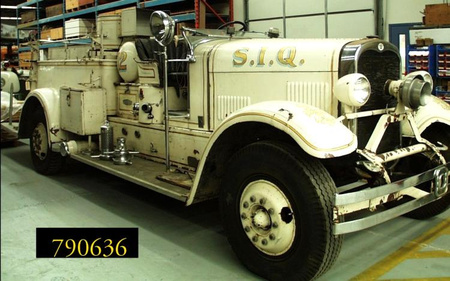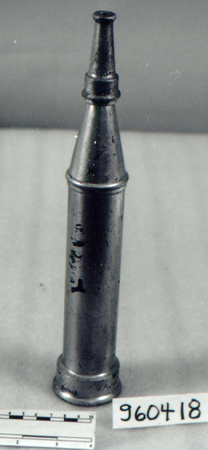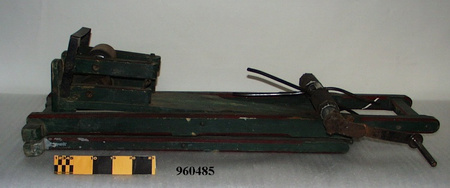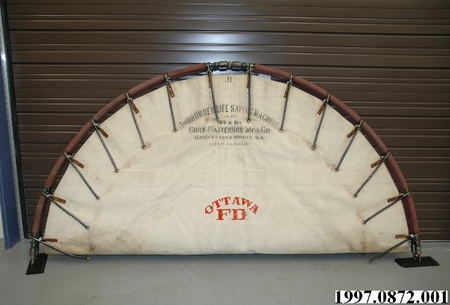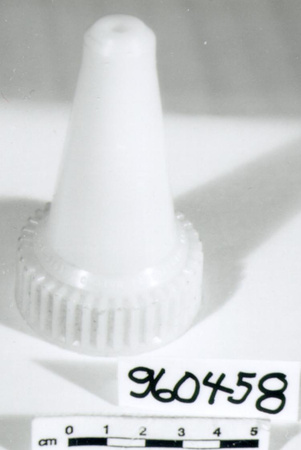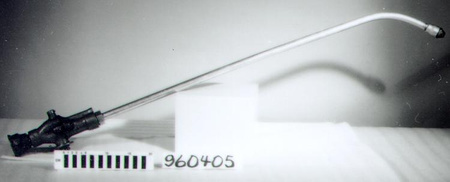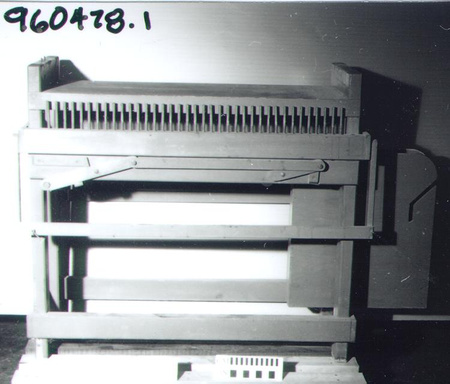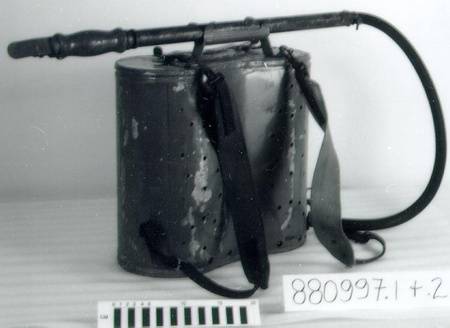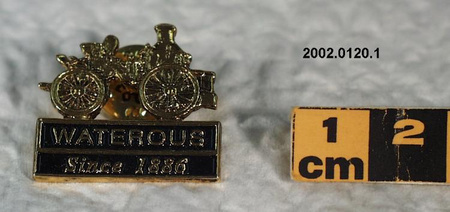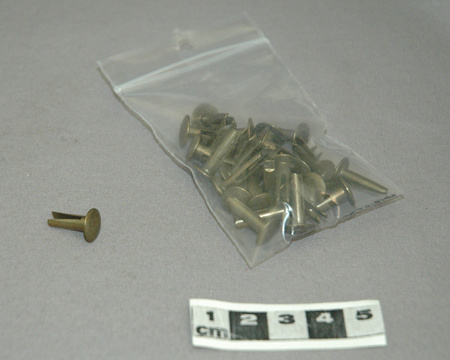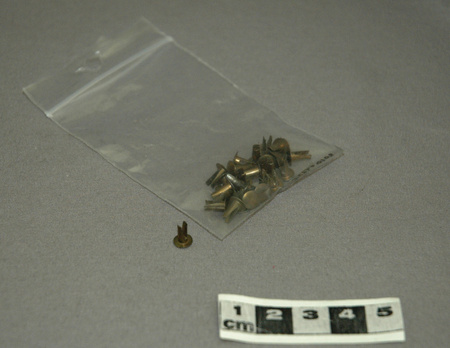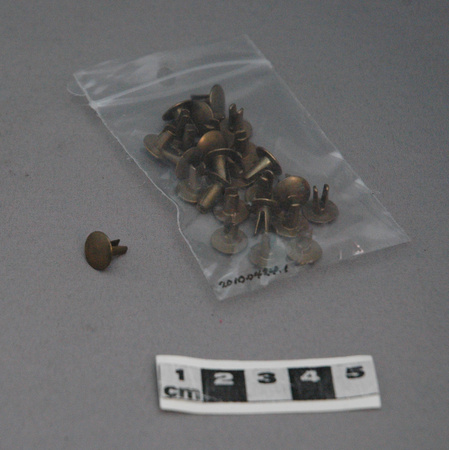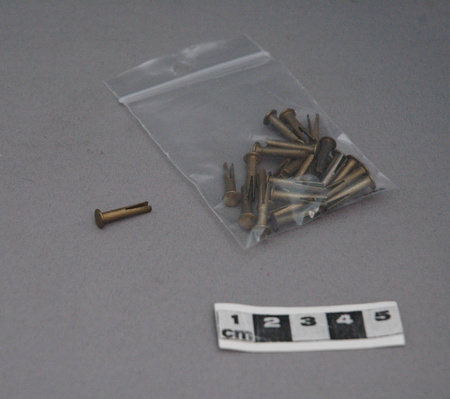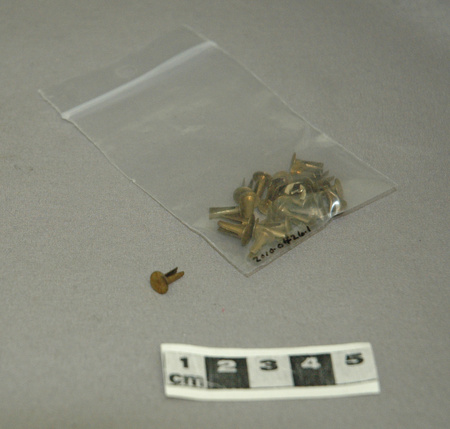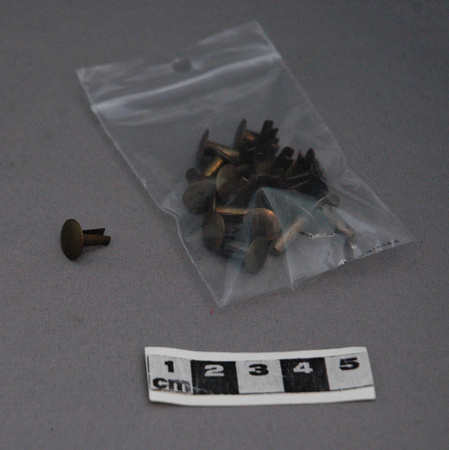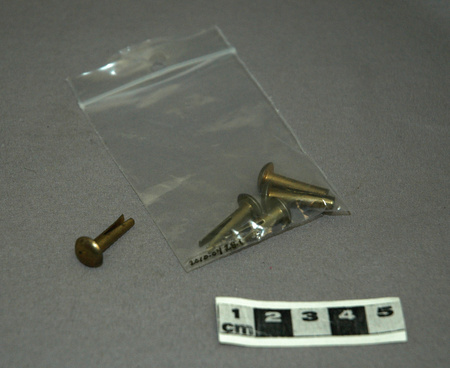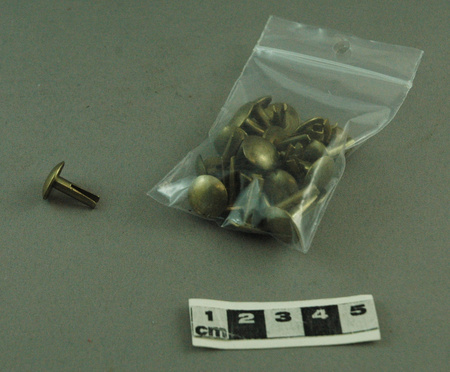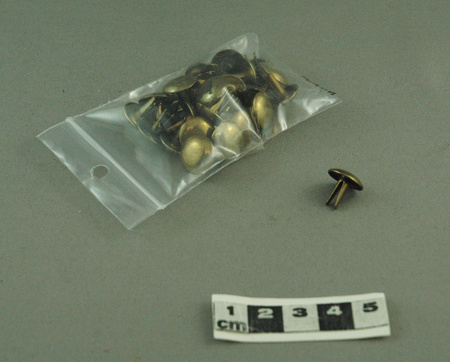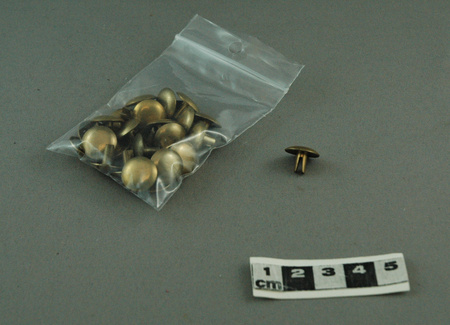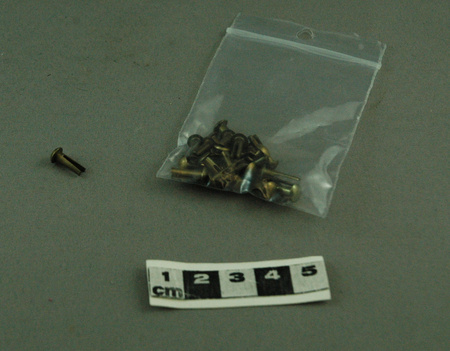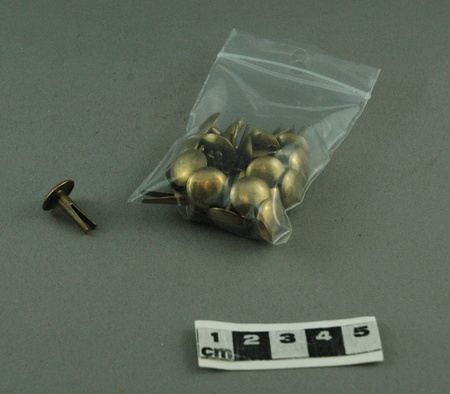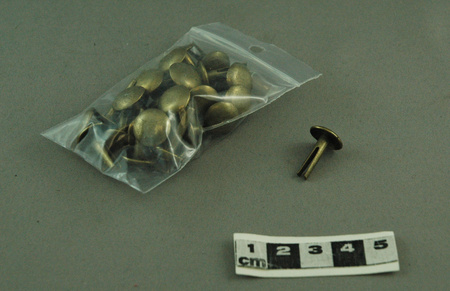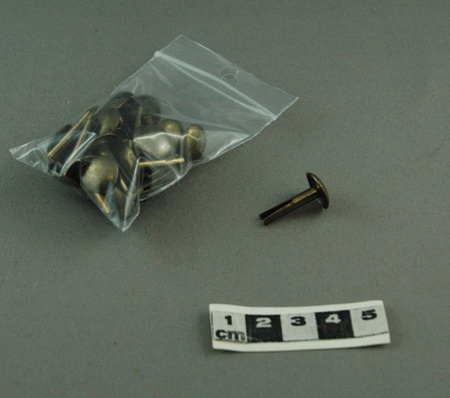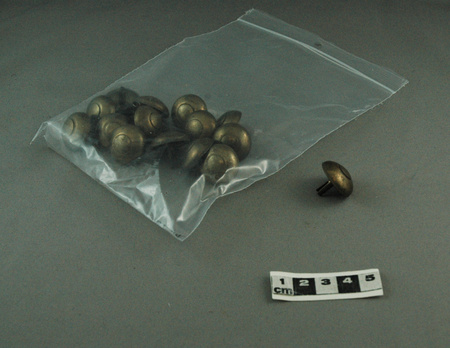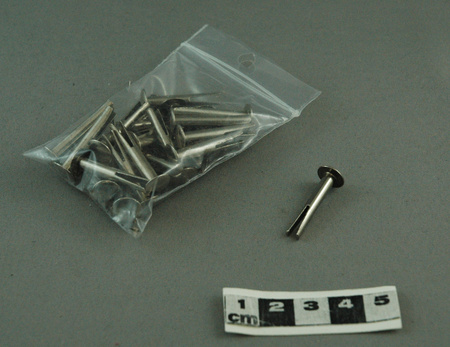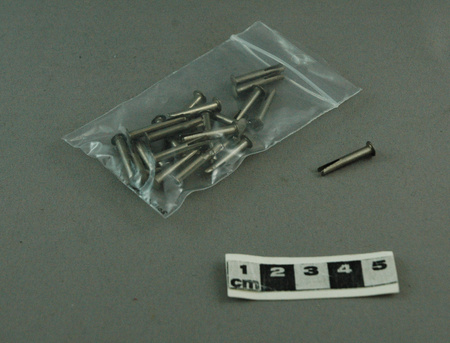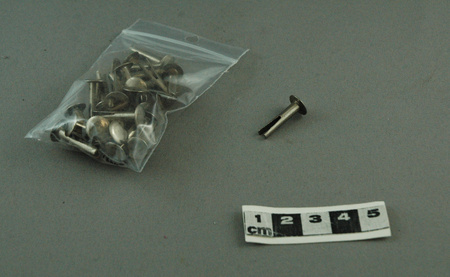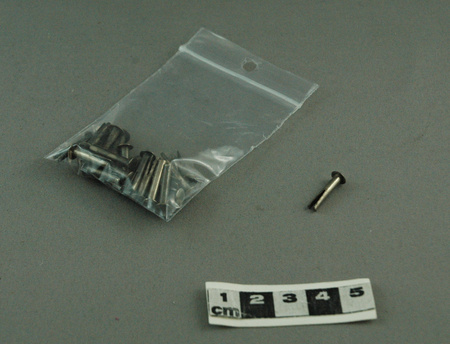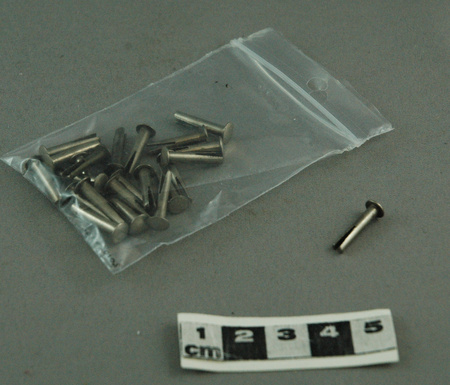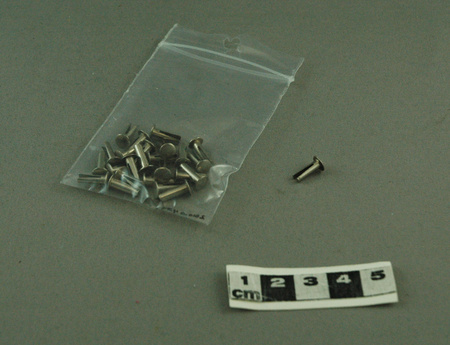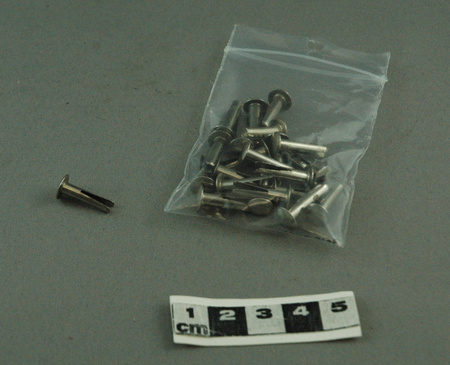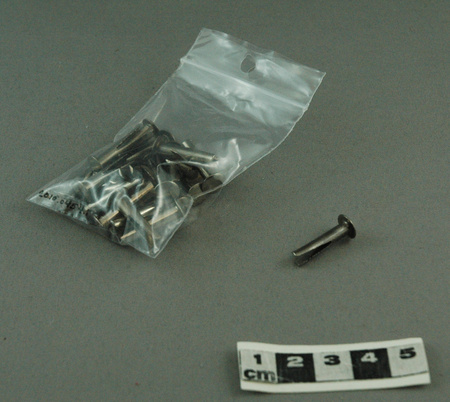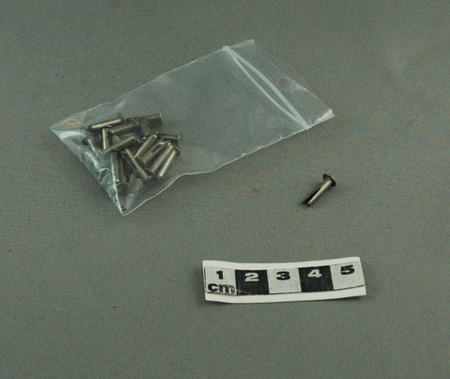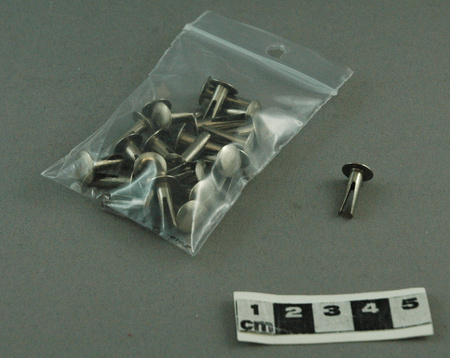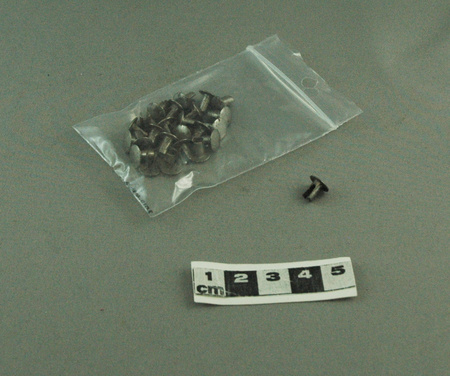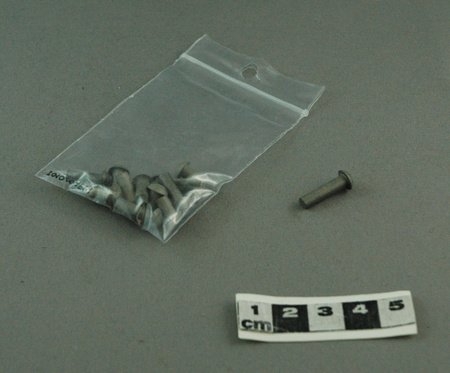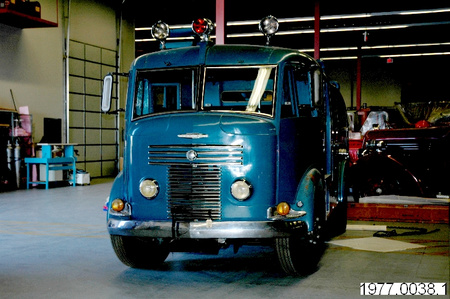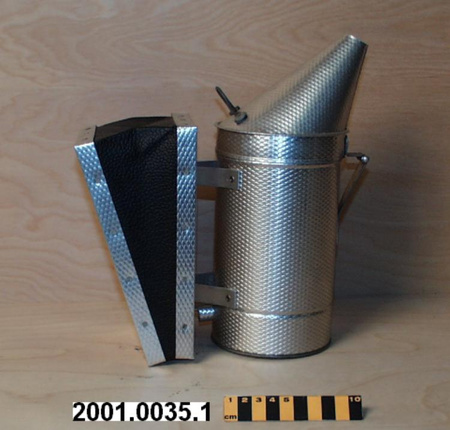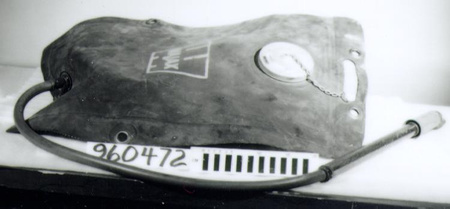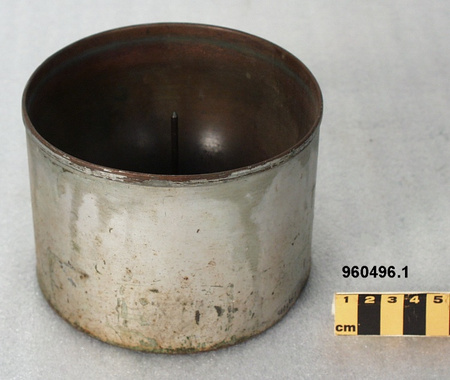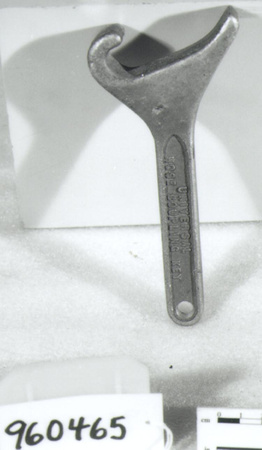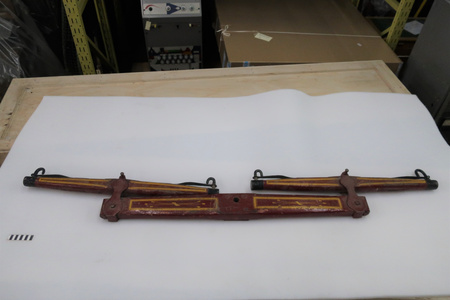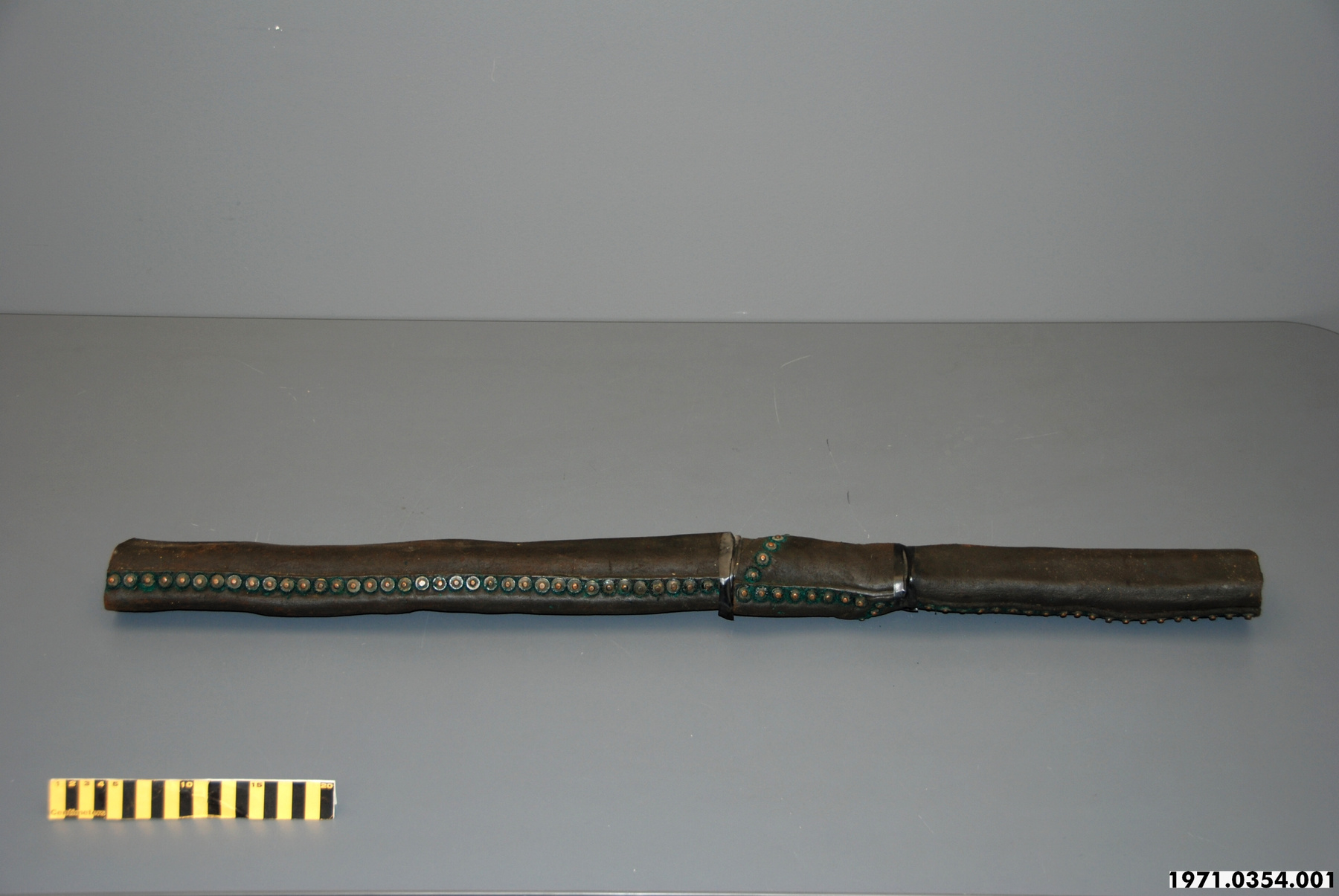Hose
Use this image
Can I reuse this image without permission? Yes
Object images on the Ingenium Collection’s portal have the following Creative Commons license:
Copyright Ingenium / CC BY-NC-ND (Attribution-NonCommercial 4.0 International (CC BY-NC 4.0)
ATTRIBUTE THIS IMAGE
Ingenium,
1971.0354.001
Permalink:
Ingenium is releasing this image under the Creative Commons licensing framework, and encourages downloading and reuse for non-commercial purposes. Please acknowledge Ingenium and cite the artifact number.
DOWNLOAD IMAGEPURCHASE THIS IMAGE
This image is free for non-commercial use.
For commercial use, please consult our Reproduction Fees and contact us to purchase the image.
- OBJECT TYPE
- Leather/Riveted
- DATE
- 1875–1900
- ARTIFACT NUMBER
- 1971.0354.001
- MANUFACTURER
- Unknown
- MODEL
- Unknown
- LOCATION
- Unknown
More Information
General Information
- Serial #
- N/A
- Part Number
- 1
- Total Parts
- 1
- AKA
- N/A
- Patents
- N/A
- General Description
- Hose is black leather; jointed to form a hose by rivets (brass); piece of pipe in hose for preserving purposes.
Dimensions
Note: These reflect the general size for storage and are not necessarily representative of the object's true dimensions.
- Length
- 92.0 cm
- Width
- 6.5 cm
- Height
- N/A
- Thickness
- N/A
- Weight
- N/A
- Diameter
- N/A
- Volume
- N/A
Lexicon
- Group
- Fire Fighting
- Category
- Accessory equipment
- Sub-Category
- N/A
Manufacturer
- AKA
- Unknown
- Country
- Unknown
- State/Province
- Unknown
- City
- Unknown
Context
- Country
- Unknown
- State/Province
- Unknown
- Period
- Unknown
- Canada
-
Type of fire hose used in Canada to extinguish fires. - Function
-
Conduct used to circulate water flow from water pond or reservoir. - Technical
-
The first fire hoses were made of leather but the seams were only sewn and not riveted together. Leaks happened frequently. In 1807, James Sellers and Abraham Penock from the Philadelphia Hose Company had the idea of riveting the leather sections together. Riveted leather fire hoses were used until about the third quarter of the 19th century. They tended to be heavy, to rot and to crack .The rubber lined hose was patented in 1821 with James Boyd but it was first used only in 1871 in the United States. Modern fire hoses use a variety of natural and synthetic fabrics and elastomers in their construction. Different types of fire hoses exist: attack hoses, supply hoses, relay hoses, forestry hoses and booster hoses. - Area Notes
-
Unknown
Details
- Markings
- None.
- Missing
- N/A
- Finish
- Fair, leather very dry.
- Decoration
- N/A
CITE THIS OBJECT
If you choose to share our information about this collection object, please cite:
Unknown Manufacturer, Hose, circa 1875–1900, Artifact no. 1971.0354, Ingenium – Canada’s Museums of Science and Innovation, http://collection.ingenium.ca/en/id/1971.0354.001/
FEEDBACK
Submit a question or comment about this artifact.
More Like This

